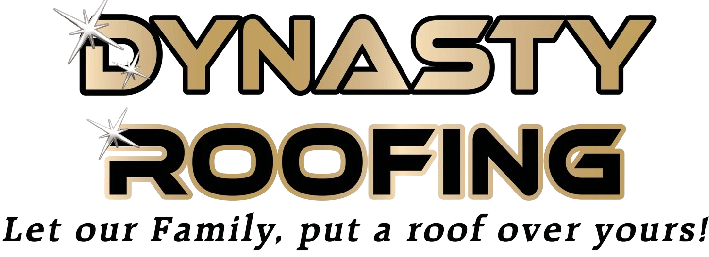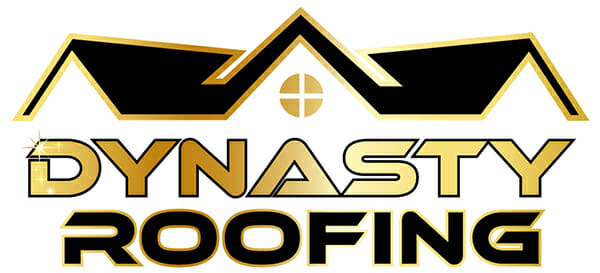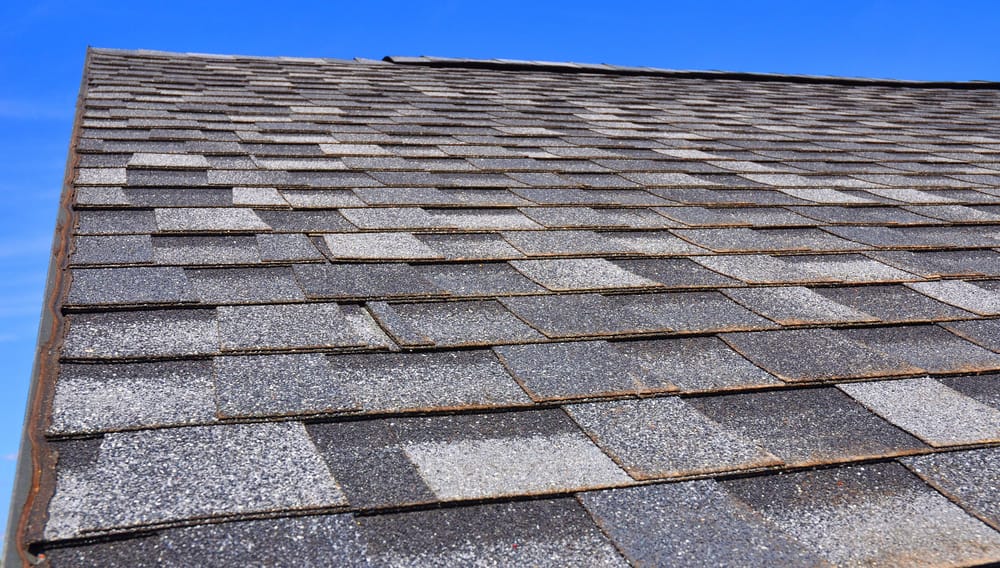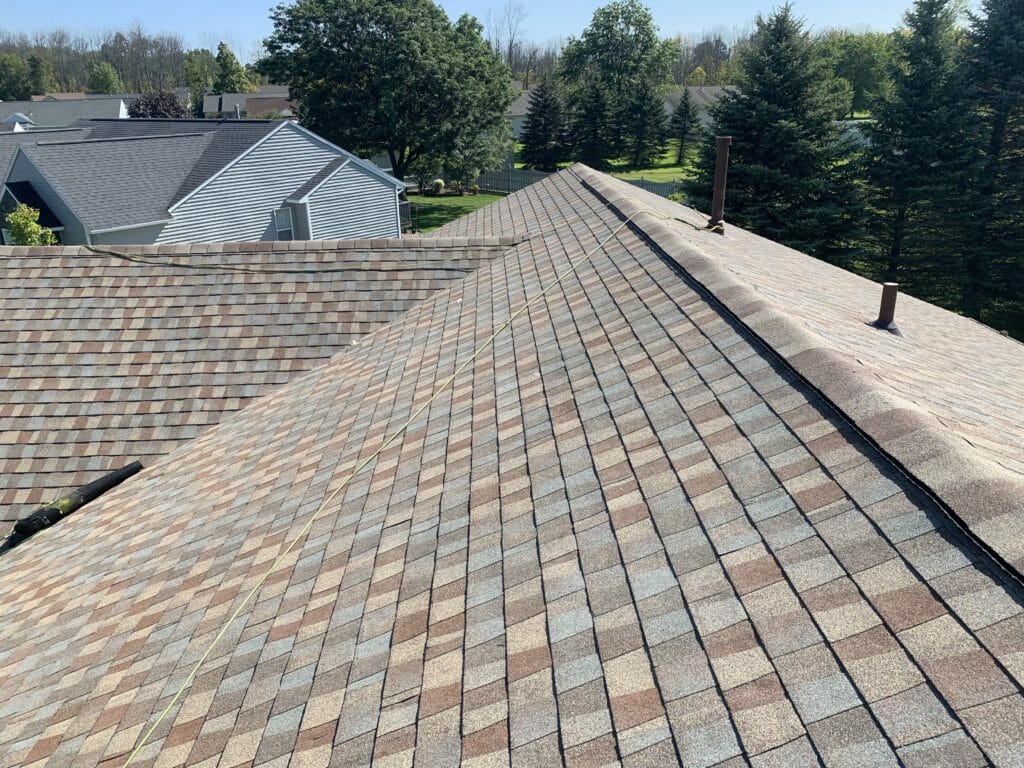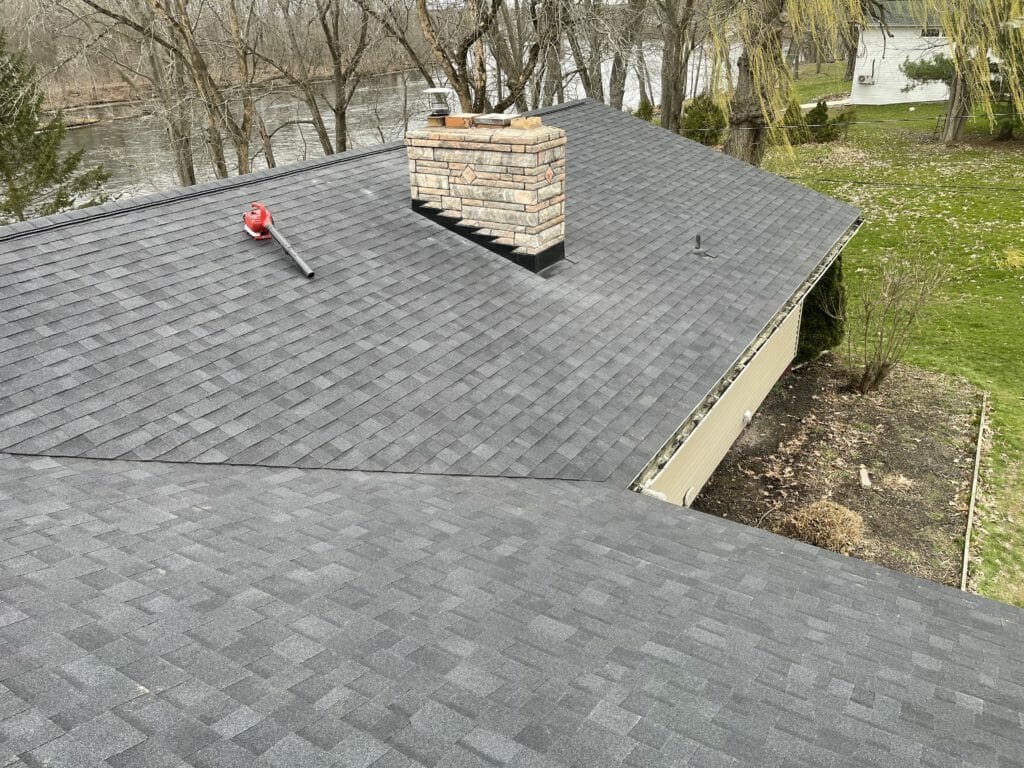Imagine this: you’ve just had a new roof installed, and you’re relieved to have a sturdy shield protecting your home. But after a few rainstorms, you notice a leak. Or maybe those brand-new asphalt shingles start to curl and crack far too soon. These could be signs of bad roof installation, and they can quickly turn your relief into a homeowner’s worst nightmare.
Ignoring these signs is like ignoring a cavity – what seems like a small issue now can escalate into major structural damage. This could lead to costly repairs and even health hazards down the road. It’s essential to address roofing problems promptly to avoid further complications and expenses.
What To Look Out For
It’s tempting to think that once your roof is up, it’s good to go. However, knowing the common signs of bad roof installation can help you catch problems early. This will potentially help you avoid bigger expenses. Some problems are easy to spot visually, but others require a closer look.
Visible Indicators: Spotting a Subpar Job
These are the red flags you might be able to notice from the ground or with a quick peek in your attic:
- Shingle Issues: Are shingles missing, cracked, curled, or misaligned? Uneven shingles not only affect your home’s aesthetic but also leave your roof susceptible to leaks and weather damage.
- Sagging Rooflines: That wavy, uneven look isn’t just unattractive, it signals a serious problem. It could potentially be a problem with the roof’s framing or even rotting roof deck boards. This suggests your contractor might have skipped the important step of inspecting and pre-treating the existing structure before laying down the new roof.
- Missing Drip Edge: That metal strip at the edge of your roof might seem minor, but it plays a big role. If it’s missing, water can seep under your shingles. This potentially leads to rot, mold, and even foundation issues over time.
- Water Stains and Leaks: This one’s a no-brainer. Those dark spots on your ceiling or damp patches in your attic are often screaming evidence of water making its way past your roof’s defenses. It might point towards improperly installed flashing around vents, chimneys, or skylights, turning these vulnerable points into major leak zones.
- Uneven Roof Surface: If your roof looks more like a rollercoaster than a smooth plane, that’s another sign that something is off. An uneven roofline often indicates problems with the underlying decking or that it wasn’t properly prepared before shingle installation.
Subtle Signs: Where Experience Makes All The Difference
Now, there are some signs of bad roofing that might not be as immediately apparent, and this is where an experienced eye is crucial:
- Inadequate Ventilation: Ever noticed your attic getting super stuffy, especially in summer? That’s a potential indicator of poor ventilation. Not only will this lead to discomfort indoors, but a poorly ventilated attic can also shorten your roof’s lifespan by trapping heat, causing moisture buildup, and potentially leading to mold and mildew problems.
- Incorrect Nailing: While seemingly minor, using the wrong roofing nails, or nailing shingles improperly can result in shingles blowing off easily during storms. Additionally, over-driven nails can damage shingles and compromise their waterproofing capabilities. An experienced roofer will understand how to select the right nails for your specific shingles and roofing structure. They will also use proper nailing techniques to ensure a secure and long-lasting roof.
- Improper Flashing: Flashing, that critical waterproofing material around roof penetrations, demands precise installation. Mistakes here, even if invisible to the untrained eye, are a leading cause of leaks. Using reused flashing or mismatched shingles can also lead to leaks and premature roof failure.
The Dangers Of Delaying Repairs
Here’s a truth many homeowners discover the hard way: neglecting a shoddy roofing job can transform minor flaws into major headaches. It can also hit you hard in the wallet. Promptly addressing roofing issues can help maintain the structural integrity of your home and prevent further damage. Ignoring these problems can lead to more extensive and costly repairs down the line.
| Problem | Description | Consequence |
|---|---|---|
| Structural Damage | Water can infiltrate even tiny cracks, weakening your roof’s support structure. | This can cause serious harm to your home over time, potentially compromising its stability. |
| Decreased Property Value | A roof in distress can deter potential buyers and lower the value of your property. | Addressing early signs of a botched roofing job helps safeguard the value of your home. |
| Mold and Mildew | A leaky roof can create a damp environment where mold and mildew can thrive. | This poses health risks to occupants and can lead to respiratory issues and allergies. |
Protecting Your Investment: Hiring a Reputable Roofing Contractor
So, how can you avoid becoming another victim of a poorly installed roof? Start with doing your homework and hiring a reliable and skilled roofing contractor. This is your first and most crucial line of defense. But finding that trustworthy professional involves more than just a quick online search and picking the first name that pops up.
- Seek Out Local Experience: Don’t underestimate the power of word-of-mouth. A local, well-established roofing company should have a solid track record within your community, along with glowing testimonials from happy clients. Local roofing contractors will also be familiar with specific local building codes, climate considerations, and permitted materials.
- Demand Proof of Insurance and Licensing: This isn’t just a formality. It’s your safety net. Make sure your potential contractor has valid licenses and insurance that cover their work and employees. This protects you in case of accidents, damages, or worker-related issues. It’s crucial to verify their credentials and ensure they have proper coverage.
- Insist On A Detailed, Written Contract: No handshake agreements here. Get everything—from project timelines and payment schedules to material specifications and warranty details—outlined in a legally binding contract. This safeguards both parties involved and provides clarity on the scope of work.
- Don’t Hesitate to Ask Questions: It’s your roof, your money, your home. Never hesitate to clarify any doubts about installation techniques, ventilation systems, or flashing details. A reputable roofing contractor should provide a warranty on their workmanship. Reputable contractors welcome inquiries and provide straightforward explanations, putting you at ease.
Conclusion
Identifying those pesky signs of bad roof installation early can save you from a whole lot of future headaches, financial strain, and potential safety hazards. Remember, your home is one of your most significant investments, so taking care of your roof is an essential part of being a homeowner. Regular roof inspections, proper maintenance, and addressing issues promptly can extend the lifespan of your roof and provide peace of mind for years to come.
